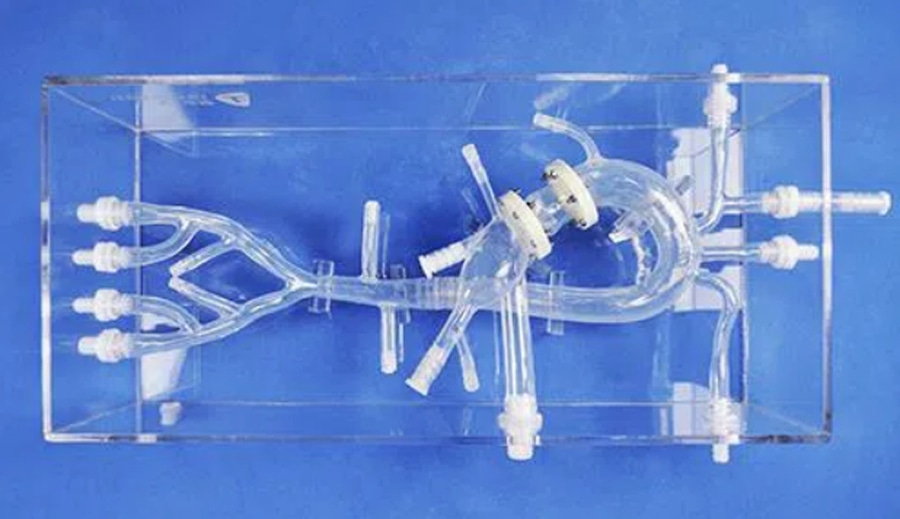
#Industry News
Three Symptoms of Aortic Dissection
1. Chest pain: Pain is the most obvious and important signal of aortic dissection.
The pain is mainly in the chest, and the pain is very serious, showing tear-like or knife-cutting pain, and even worse, it also involves coronary vessels heart failure, syncope and sudden death may occur; cerebral blood vessels may be involved in stroke and other phenomena.
Therefore, when sudden severe pain occurs, attention must be paid to it, and the treatment of the disease should not be delayed by thinking that you can endure the pain.
2. Loss of appetite: Patients with aortic dissection are prone to loss of appetite. During the illness, there is often no appetite, no appetite for anything, and is often accompanied by vomiting and diarrhea. Therefore, if there is an unexplained loss of appetite in life, it needs to be paid attention to, and it is likely to be caused by aortic dissection.
3. Heart rate: The pulse of some patients with aortic dissection is too fast. When measuring the pulse, the pulse rate is usually abnormal and the speed is too fast.
Who is at risk for aortic dissection?
Hypertension is the main factor that induces aortic dissection!
A large number of reports suggest that 70% of patients with aortic dissection originate from hypertension. Irregular treatment or even complete uncontrolled hypertension is the most important factor causing this critical disease.
Secondly, some idiopathic diseases such as atherosclerosis, marfan syndrome, arteritis and strenuous exercise can also cause aortic dissection.
What are the treatments for aortic dissection?
With the development of science, the treatment methods of aortic dissection are constantly innovating, mainly including conservative treatment, interventional treatment and surgical treatment.
Of the three treatment methods, medication is the primary treatment, mainly used to relieve symptoms, sometimes to a very limited extent.
Surgical treatment is a traditional thoracotomy treatment, which requires general anesthesia and cardiopulmonary bypass, but the operation time is long, the trauma is large, the recovery time is long, and it is accompanied by a relatively high variety of complications: infection, bleeding, myocardial infarction, cerebral infarction, etc. Surgical surgery is not recommended for most elderly people;
Stent interventional therapy is a new treatment method, with short operation time, small trauma, only 6-8mm wound, fast recovery, and few postoperative complications. It is the first treatment plan for most doctors and patients.
Regardless of the treatment option chosen, it should start with controlling blood pressure. Hypertensive patients should stop smoking and limit drinking, avoid overeating, stay up late, and not be too tired. They should also pay attention to controlling their emotions at ordinary times. Not only that, regular physical examination is particularly important. With the improvement of inspection technology, the detection rate is also increasing, and most patients can still be treated.





